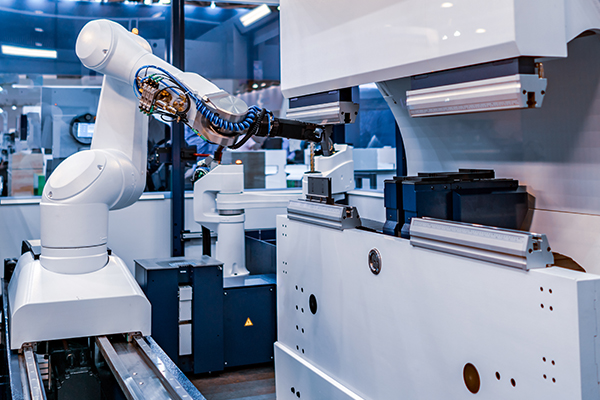The electric-pneumatic regulator is the core control element in modern industrial automation systems, which realizes accurate and dynamic regulation of gas pressure through electrical signals. Its core principle is to convert the input electrical signal (such as analog voltage, current or digital instruction) into mechanical force, drive the valve mechanism to change the gas flow or pressure output, and form an "electric-pneumatic" closed-loop control system.
This type of regulator usually integrates pressure sensors and feedback circuits to form a real-time monitoring-adjustment loop to ensure that the output pressure is highly consistent with the set value. Its design emphasizes stepless adjustment capability, can adapt to transient working conditions, supports remote programming control, and replaces the traditional manual mechanical adjustment mode. In terms of function, it not only covers conventional pressure range control, but some high-end models can also be expanded to vacuum pressure regulation, and are compatible with industrial bus protocols (such as Profibus, DeviceNet) to achieve multi-node collaboration.
Due to its modular structure, the electric-pneumatic regulator can flexibly adapt to different flow requirements and pressure ranges, and its embedded electronic units (such as IP converters and positioners) further improve the response speed and control accuracy. The key application value lies in providing a programmable, high-response, low-hysteresis intelligent control foundation for pneumatic systems. It is widely used in microfluidic control, precision manufacturing, process industry and laboratory automation, and becomes a key interface for mechatronic systems.


